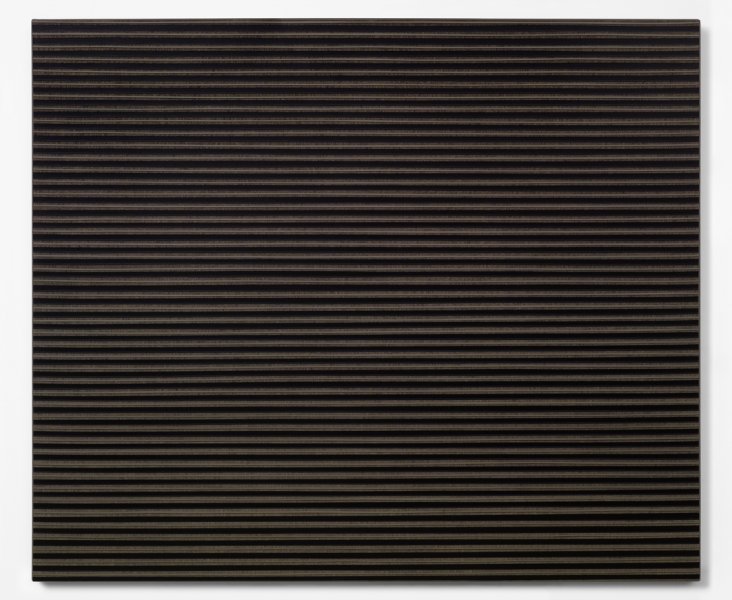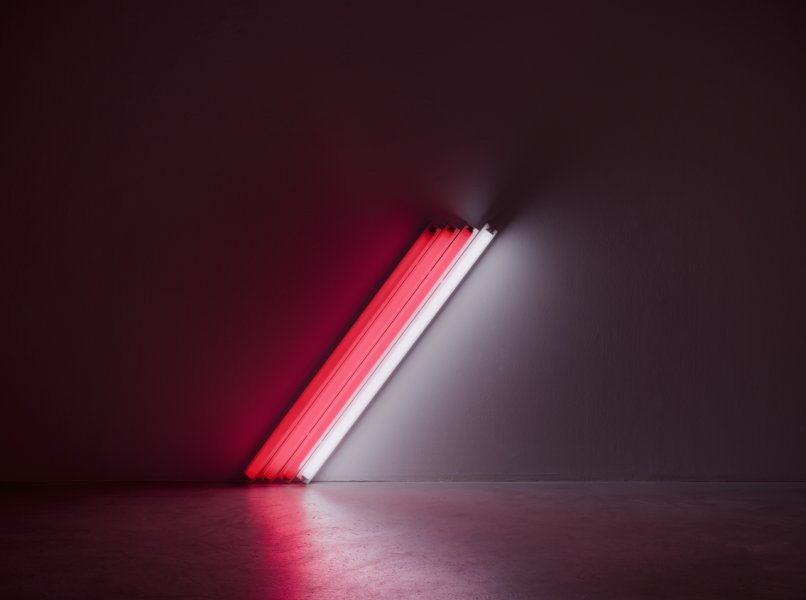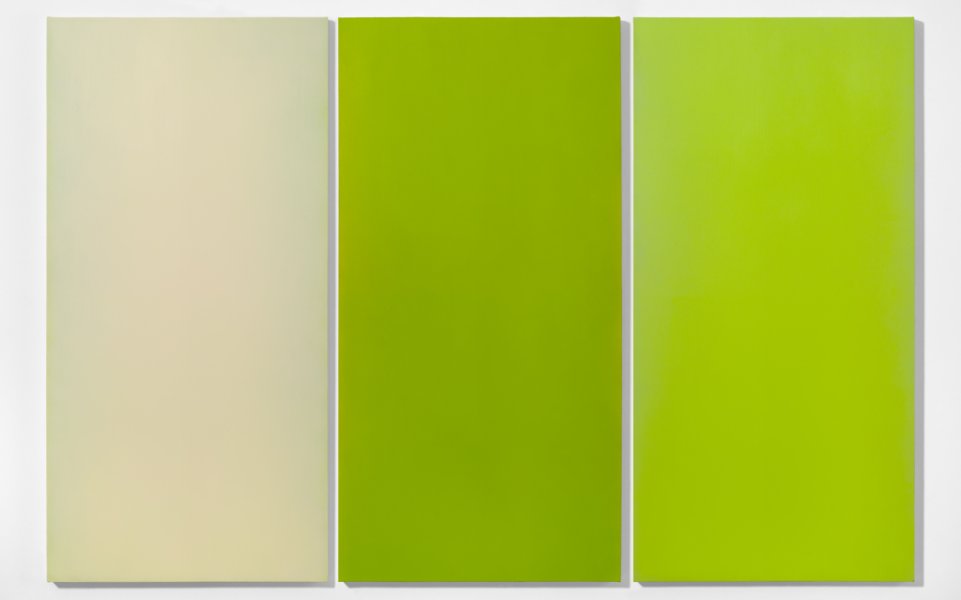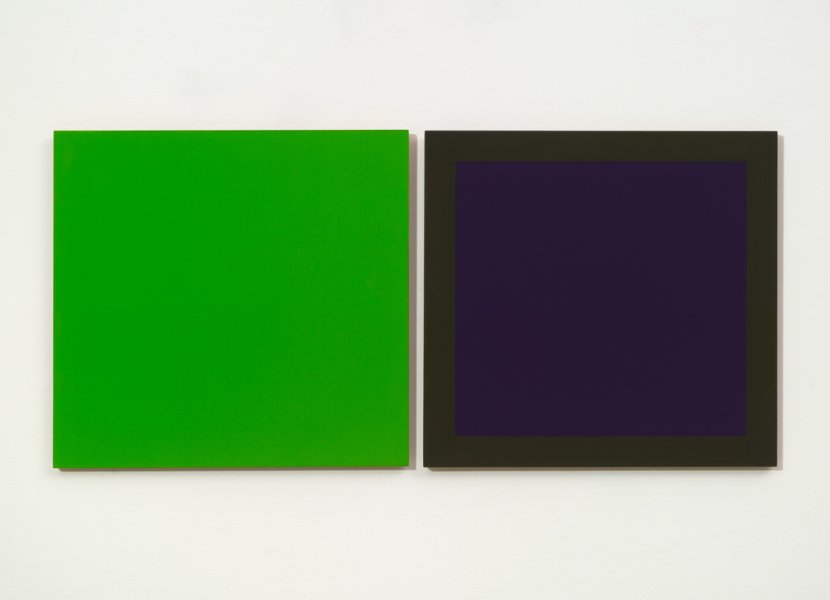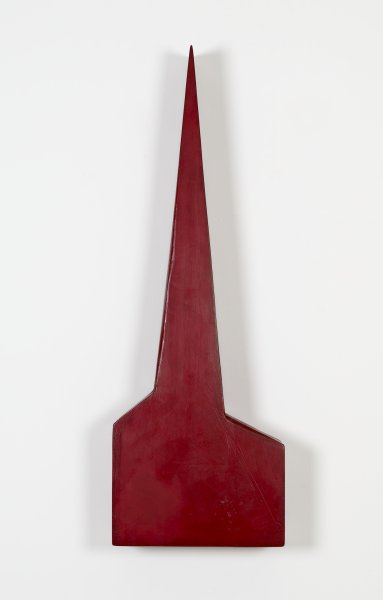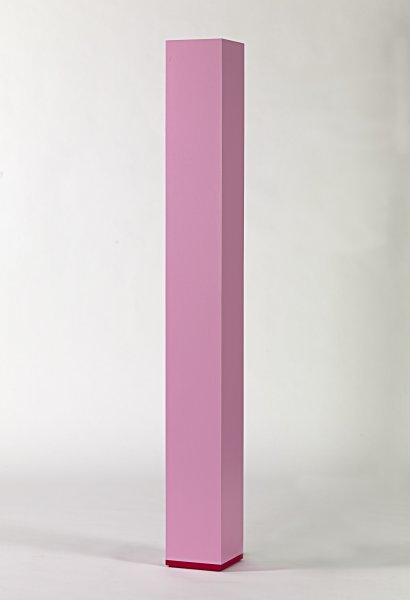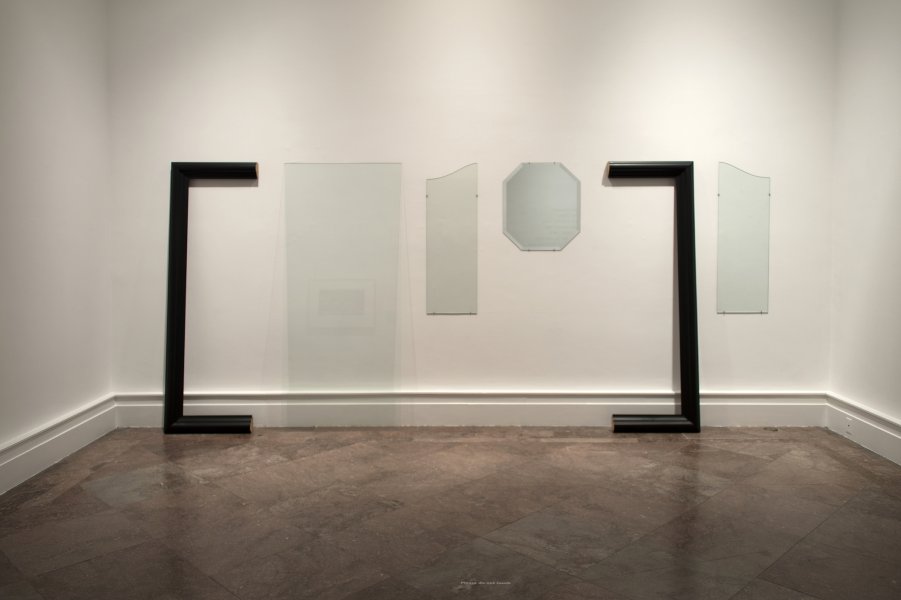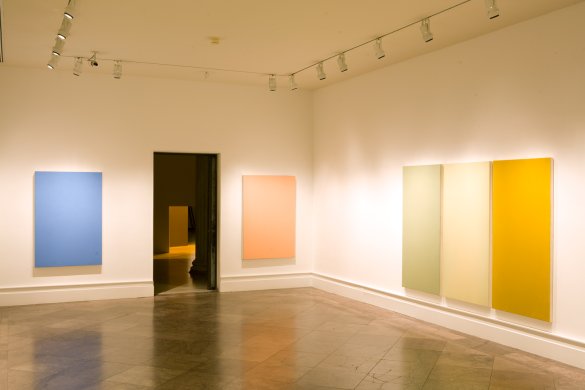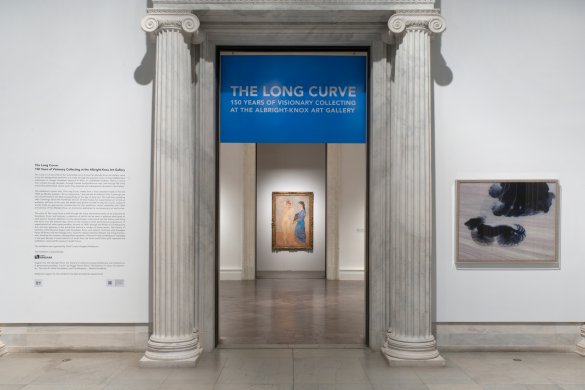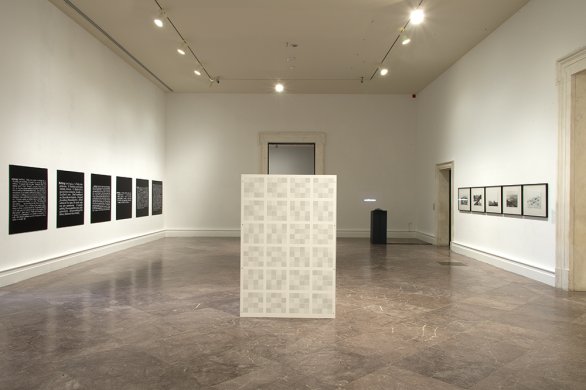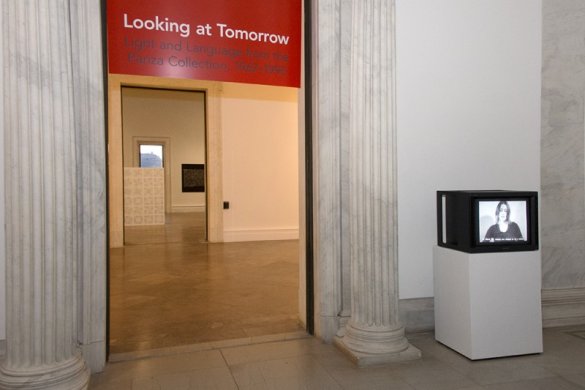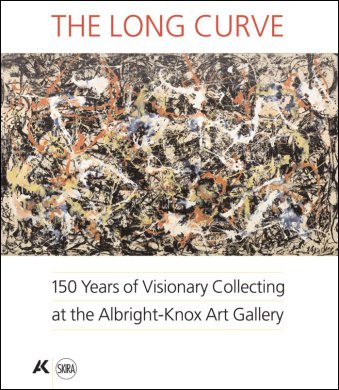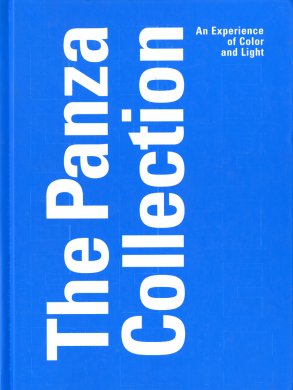Learn more about the Panza Collection.
Giuseppe Panza di Biumo
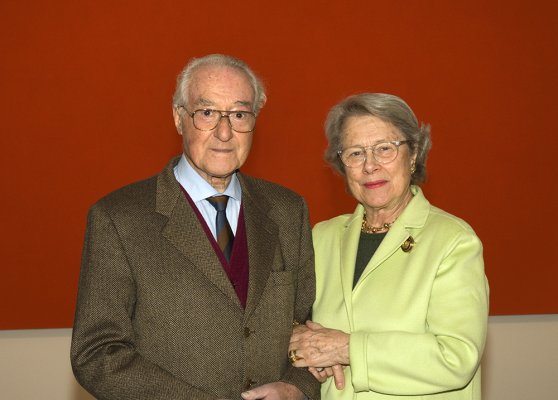
Giuseppe Panza di Biumo, an Italian real-estate investor, and his wife Giovanna, were among the most widely recognized and important art collectors of American and European art in the second half of the 20th century. Starting in the late 1950s, when they acquired important paintings by Mark Rothko and Yves Klein, the Panzas began to amass a renowned group of more than 2,500 predominantly Conceptual and Minimalist works in all mediums, often focusing on collecting artists’ works in depth. Throughout his life, Dr. Panza ascribed to the firm belief in collecting artworks out of a love of beauty and a search for meaning and spiritual integrity. His notion of what beauty could be proved to be astute; today, many of the artworks the Panzas collected throughout their years together are iconic examples of the periods they represent.
The Panzas’ collection has been shared worldwide through exhibitions as well as the placement of works in museum collections throughout the United States, including the Hirshhorn Museum and Sculpture Garden, Washington, D.C.; The Solomon R. Guggenheim Museum of Art, New York; and The Museum of Contemporary Art, Los Angeles. The Panza Collection at the Albright-Knox includes 116 works by more than 30 artists and was built in stages through an acquisition of 71 works in 2008, three works in 2011, and an additional 45 works in 2015. In 2007, the Albright-Knox presented works from the museum’s first acquisition in the exhibition The Panza Collection: An Experience of Color and Light, and, in 2015, it presented selections from the most recent acquisition in Looking at Tomorrow: Light and Language from the Panza Collection, 1967–1990.
